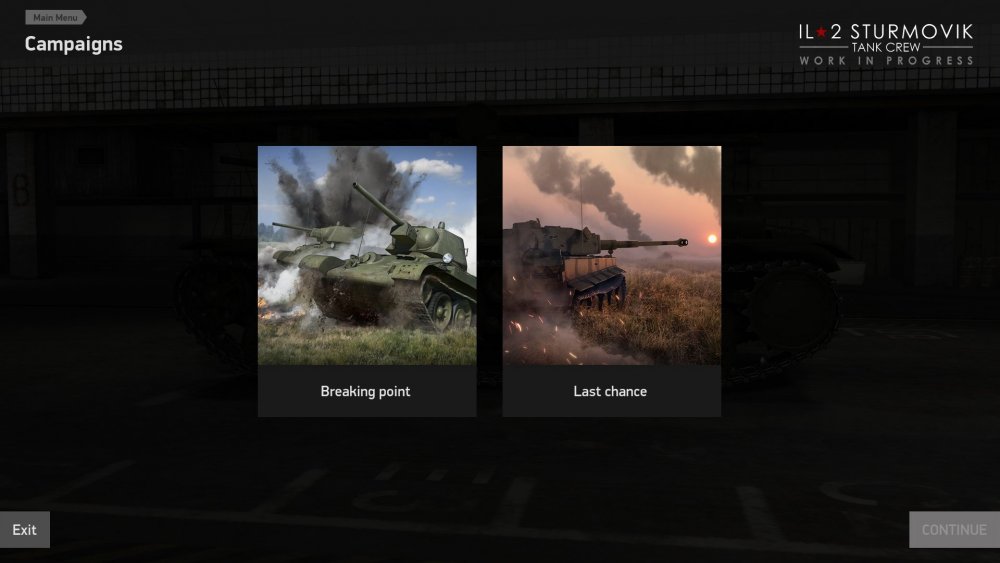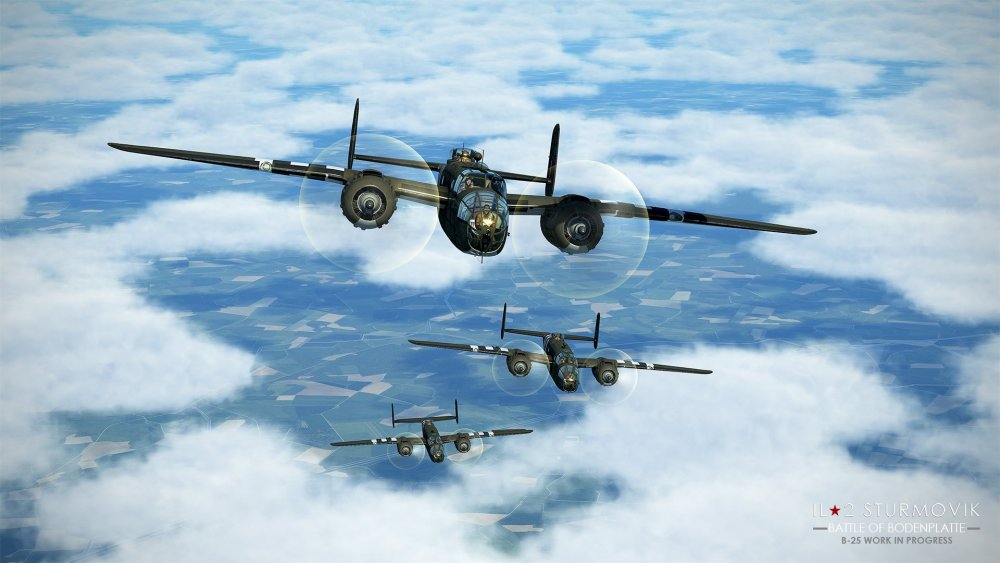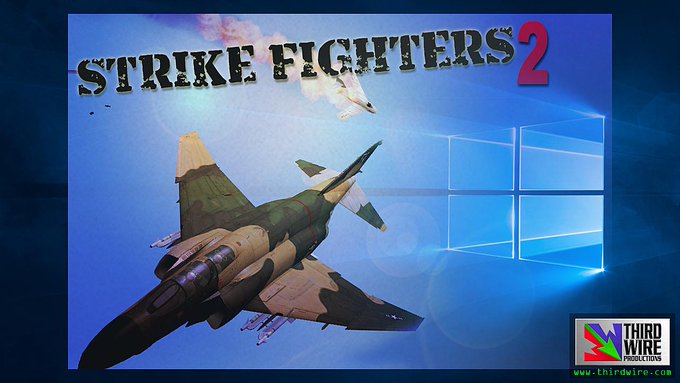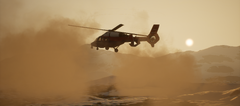- 1 reply
- 1,383 views
- Add Reply
- 2 replies
- 3,307 views
- Add Reply
- 0 replies
- 2,475 views
- Add Reply
- 0 replies
- 1,722 views
- Add Reply
- 0 replies
- 1,988 views
- Add Reply
- 139 replies
- 27,167 views
- Add Reply
New Keyboard--Preliminary Report
By RIBob,
Just bought this: https://www.amazon.com/gp/product/B00481BEY8/ref=ppx_yo_dt_b_asin_title_o00_s00?ie=UTF8&psc=1
While certainly NOT cheap, it has the following advantages:
1) Frees up a USB port, since no separate mouse is required
2) Every key is programmable. While I don't envision re-programming the already dedicated keys, the option is there.
3) Spill-and dust-resistant, as per IP 54 spec., and otherwise very reliable. I have used this keyboard in a commercial envir
DCS F-16C B50 Early Access release

By MigBuster,


Why the F-16C
The Viper was the next logical extension to the F/A-18C Hornet. They both have a similar multi-role mission and share many of the same underlying technologies and systems. As such, we can be much more efficient by leveraging core technologies and features for both aircraft. The Viper is also cool aircraft that has been produced in massive numbers, with an equal number of fans around the world. It was a no-brainer.
Development Start
Every aircra
Il2 DD Update Dev Blog 232

By 76.IAP-Blackbird,


Hello everybody,
The next update 3.201 will be released really soon. In the previous Dev Diaries, we told what it will bring for Bodenplatte, but it will also contain many improvements for other projects as well. Let's start with Tank Crew.
The first important feature (not only for tanks, but it is especially important for them) is the new occlusion system for object markers. Now ground and aerial object markers will be occluded by other moving objects, cockpit elements,
Il2 DD Update Dev Blog 231

By 76.IAP-Blackbird,


Hello everybody,
We're in the second half of September and this means that the next update 3.201 isn't far away. This one will be massive and will bring a lot of new content as well. Three player controllable aircraft, AI bomber, new AI ground vehicles and of course, the new map - Rheinland. This map tops the records once again: 130 000 square kilometers of reachable terrain (401 x 324 km), 176 000 square kilometers total size (461 x 384 km), 225 cities and towns - a record number of
Il2 DD Update Dev Blog 230 "pics, pics, pics"

By 76.IAP-Blackbird,


Dear Pilots,
Summer is drawing to a close once again and our offices in Moscow and Las Vegas are finally transitioning to cooler weather. The Fall season brings warm sweaters and more indoor time with the family and more time playing your favorite combat flight-simulation – IL-2 Sturmovik!! The team is very busy preparing the next update due later this month which will be a big one, but not quite the final one before Battle of Bodenplatte and Flying Circus are considered ready for release.
Help fund the Strike Fighters 2 Windows 10 update!

By MigBuster,


Help fund the Strike Fighters 2 Windows 10 update!
Strike Fighters 2 is a series of popular PC games we released back in 2008 (over 11 years ago!). It was a unique series of inter-connected light/casual flight simulation games set in the Cold War. Despite its age, it's still being enjoyed by many users, thanks largely to its huge and active mod community.
The games were originally designed on (then brand new) Windows Vista, but over the years, new Windows versions have came and gone (Windo






